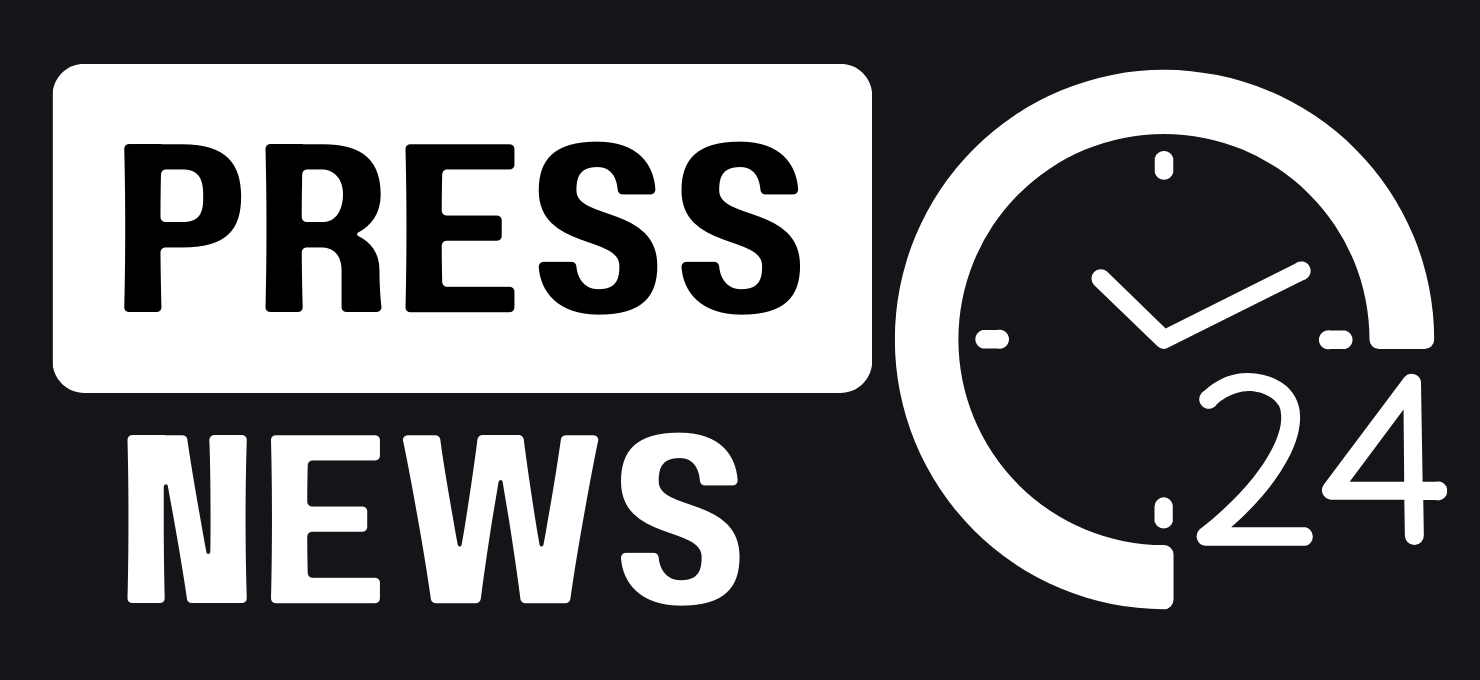India Sunrise Sunset Times
| City | Sunrise Time | Sunset Time |
|---|---|---|
Discover today’s sunrise and sunset times for various cities in India. Stay informed about sunrise today and sunset today with accurate data updated daily.
Sunrise Today: – Witness the beauty of dawn as the sun rises above the horizon to start a new day.
Sunset Today: – Experience the tranquility of dusk as the sun sets, marking the end of daylight and the onset of night.




